Candy and Confectionery Reliable inspection to ensure product quality and safety.
Confection and Candy Inspection
Whether you’re manufacturing chocolates, hard candies, or gum, contaminant inspection systems improve confectionery products by eliminating foreign materials that could cause consumer injury, affect operational continuity, and damage brand integrity.
CASSEL Inspection understands the unique challenges of confectionery manufacturing and offers inspection systems designed to fit seamlessly into any stage of production.
From raw ingredient intake to finished product packing, inspection systems help candy makers ensure quality and safety and avoid the economic and reputational costs of a product recall.
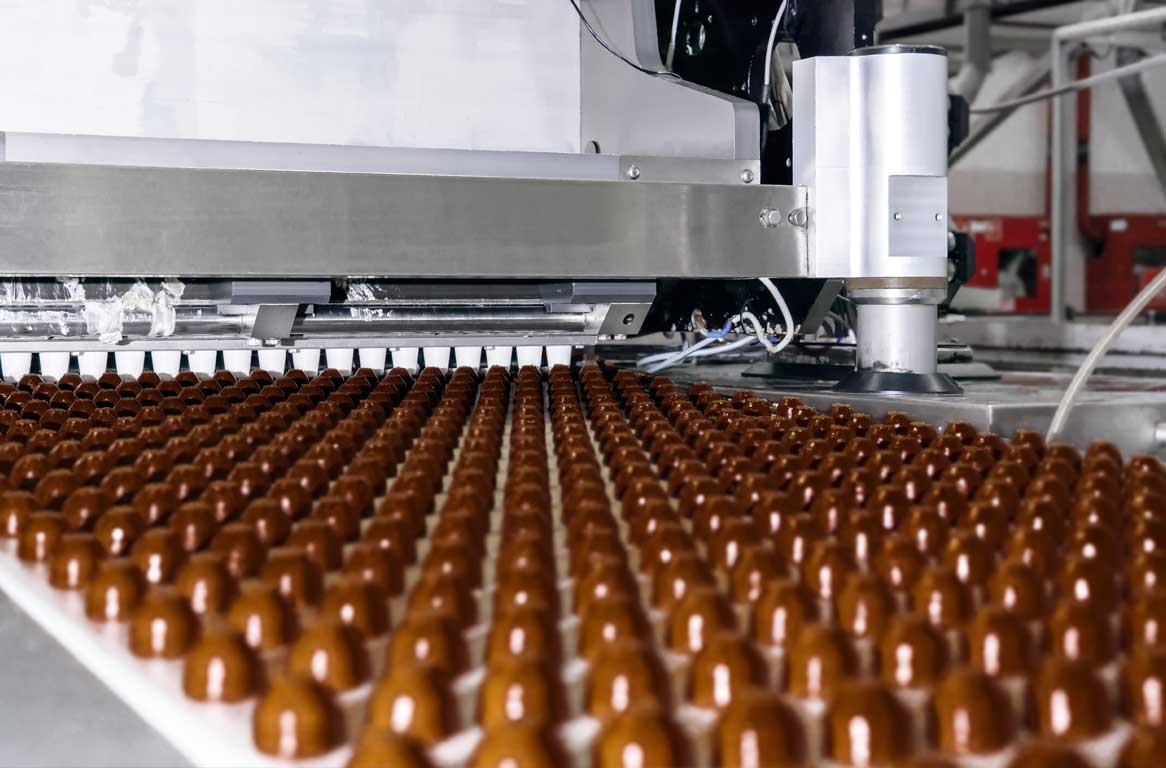
Candy and Confectionery Contaminant Inspection: Why Do Brands Need It?
The National Confectioners Association (NCA) reported that confectionery sales exceeded $48 billion in 2023 and are projected to reach $61 billion by 2028.
Confectionery manufacturers must perform contaminant inspection to maintain a strong brand reputation in the industry and meet future growth demands.

Why? Because contamination risk exists at almost every point in ingredient procurement, processing and packaging.
- Raw materials are harvested, processed, and transported using metal equipment.
- Ingredients are measured, moved, and mixed with metal utensils and machinery.
- Confections may be cooked, cooled, poured, shaped, stretched, sorted, and packaged with equipment made of metal.
- Environmental factors, such as maintenance teams working around or above processing systems, overhead walkways, and fire suppression equipment, may also introduce metals into products.
The threat of metal contamination is high, making continuous, reliable detection a crucial component of all HACCP, GMP, quality, and safety programs.
How is Metal Detection Used in the Candy Industry?
With so many opportunities for contamination in the manufacturing process, confectionery brands can consider metal detection at several points:
- Incoming bulk ingredients
- Molten material
- Packaged products
Each brand will prioritize the right point in the process to introduce inspection. Some brands may choose a single point of inspection, while others may choose to inspect all three points.
The choice can be based on many factors but often comes down to waste. The use of inspection at the beginning of the process reduces potential waste by removing contaminated products before they are passed to the next stage of the manufacturing process.
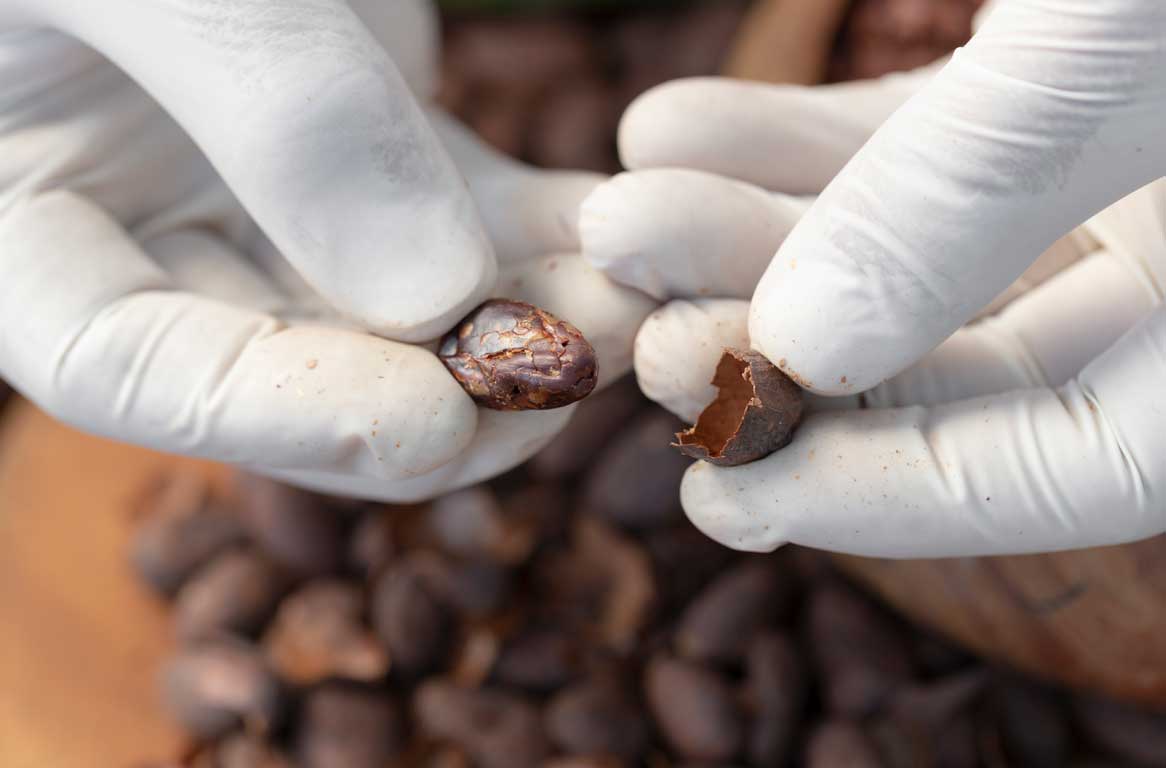
Candy Bulk Ingredient Inspection
Candy makers can utilize metal detectors to inspect raw materials received in bulk, such as chocolate chips or chunks, nuts, seeds, and dried fruits.
Systems can be configured for a two- to four-foot wide conveyor belt moving unpackaged chocolate chunks stacked four to five inches high.
See how a conveyor belt inspection machine works to reduce contaminants in bulk ingredients.
Confectionary Pipeline Inspection
Metal detection systems are easily adapted to inspect low- and high-viscosity materials, such as milk, chocolate, and candy mixtures, at temperatures up to 203°F (95°C).
Easily integrated into existing pipeline systems, these in-line metal detectors locate metal and actuate a valve that ejects the contaminated material.
Removing the contaminated product saves money and resources by reducing rework and eliminating losses associated with forming and packing products that will be rejected downstream.
Interested in how pipeline inspection works on pre-formed materials? See the key product details now.
Final Product Inspection
Inspecting products after they’re wrapped or packaged is critical to revealing post-processing contamination.
Passing this “final check” validates your process safety and quality control measures and confirms that products leaving your facility are contaminant-free.
Looking for impurities in finished packages? A conveyor belt inspection machine might be a perfect choice.
Metal Detectors for the Candy and Confectionery Industry
CASSEL Inspection delivers tailored inspection solutions for candy and confectionery manufacturers, ensuring product quality and consumer safety at every production stage, from raw ingredients to final packaging. This helps prevent costly recalls and protects brand reputation.
In addition, CASSEL offers a variety of metal detection inspection systems for practically every application and industry. Discover our portfolio of advanced inspection systems designed to improve manufacturer's quality assurance protocol.
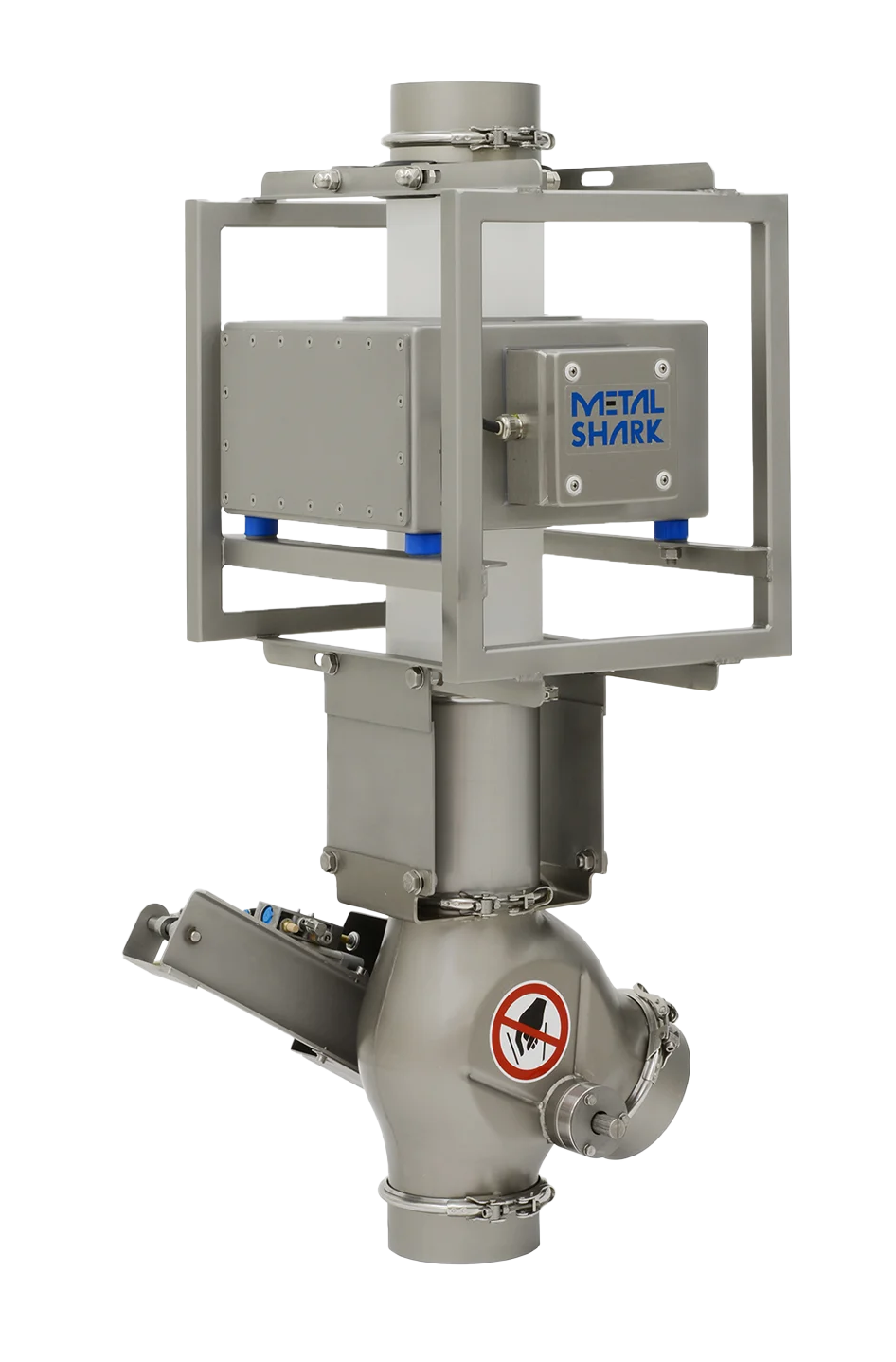
How Is X-ray Inspection Used in Candy Manufacturing?
Contaminant inspection for confectionery products is uniquely challenging. High sugar content, combinations of ingredients, varying product densities, and specialty packaging are common elements that make X-ray inspection an ideal complement to metal detection for ensuring product purity, quality, and consistency.

Foil-Wrapped Products
From foil wrappers on bite-sized drops, buttons, or “kisses” to sealed packages and pouches for bars and specialty shapes, metalized packaging helps candy makers protect flavor, increase shelf-life, and enhance product appearance.
But as the name suggests, these attractive and protective packaging materials are made from metal materials that a metal detector can’t distinguish from metal contaminants.
X-ray inspection is ideal for inspecting foil-wrapped confections as its detection relies on changes in density rather than the disruption of electromagnetic fields. This also makes X-ray inspection suitable for identifying non-metallic contaminants such as plastic or glass.
Raw Ingredients
Raw materials for candy making often originate from farming environments susceptible to foreign material contamination. X-ray inspection of incoming materials isolates hazardous contaminants, such as metal, glass, ceramic, plastic, and stone, before they can enter the production process.
Removing contaminants at the raw ingredient stage increases product safety, mitigates equipment damage and subsequent downtime, and reduces costs related to downstream product rejection, including manufacturing time and wasted ingredients and packaging.
Bulk Ingredients
X-ray systems tailored for bulk ingredients allow manufacturers to inspect incoming ingredients like chocolate flakes, chips and chunks, dried fruits, seeds, or nuts for contaminants, including metal, rocks, pebbles, and glass.
Confirm Product Packaging
In addition to detecting and removing contaminants, X-ray inspection systems can provide quality and consistency assurance. X-ray systems can be “taught” to recognize abnormalities within a package that would confirm item count, reveal broken or damaged items, or detect underfilled or unfilled confections.
X-ray Inspection Equipment for the Candy and Confectionery Industry
As with our metal detection systems, CASSEL Inspection has X-ray systems for a variety of applications and industries. Discover our X-ray inspection portfolio, all designed to take your quality assurance protocol to the next level.
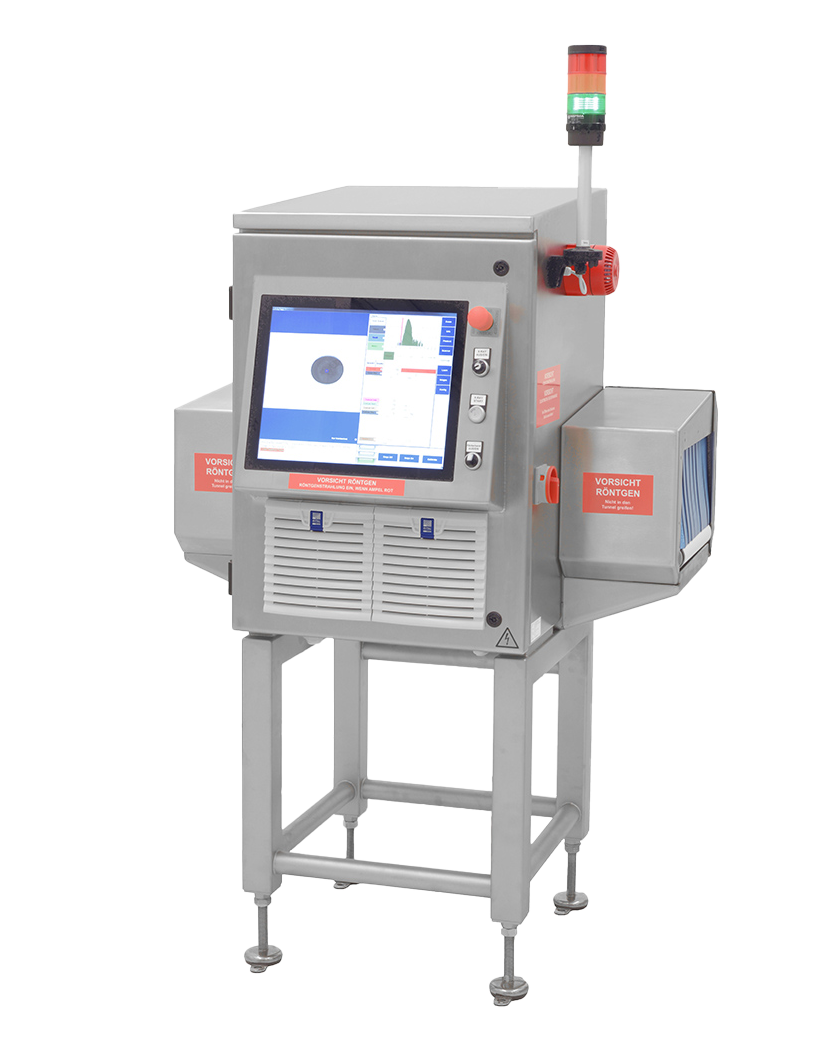
How Are Checkweighers Used in the Candy Industry?
Checkweighers are primarily used for packaged goods to ensure products meet weight specifications.
Identifying and removing underfilled products avoids consumer complaints and potential FDA action for mislabeling. Checkweighers also reveal overfilled products, which helps manufacturers avoid costly give-away.
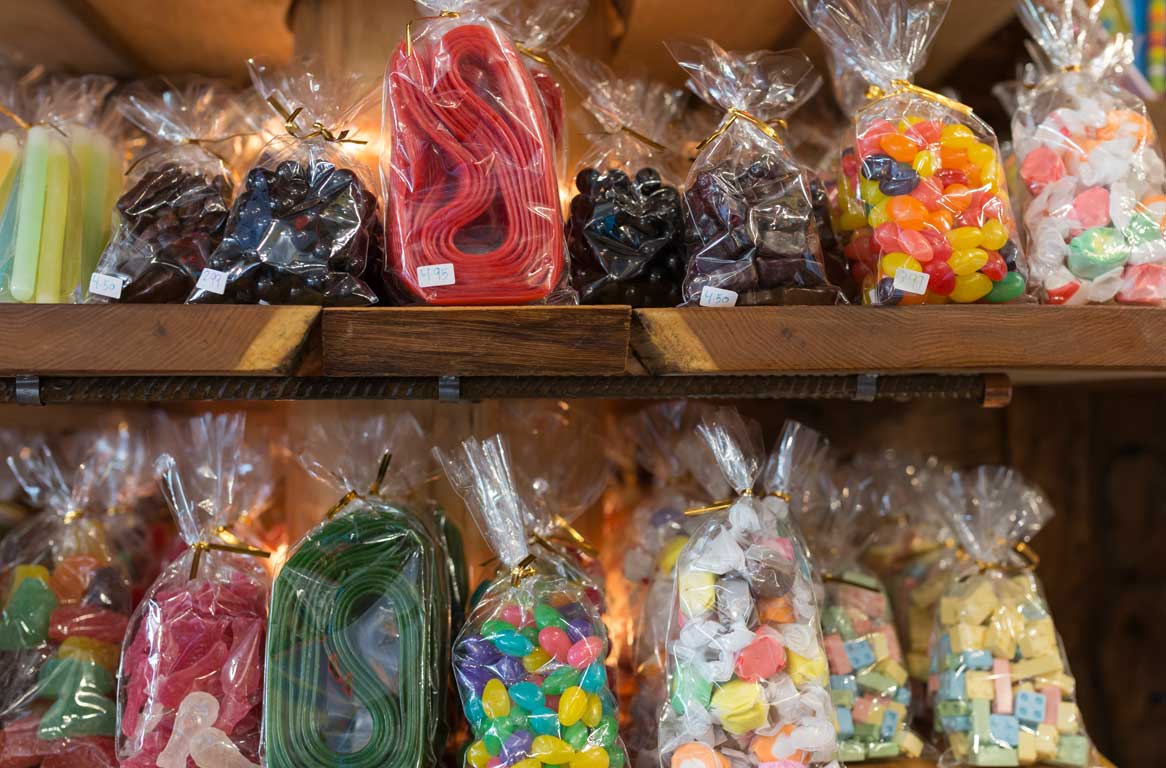
Why Choose CASSEL Inspection?
CASSEL Inspection has over 30 years of developing, installing, and maintaining product inspection solutions for the global food industry.
CASSEL Inspection systems provide:
- Password-protected internet connections
- Secure internal control and monitoring systems
- Remote-access software to streamline technical support
- Reliable, durable systems that function continuously as designed
CASSEL Inspection metal detectors feature high stability performance and continuous self-balancing that eliminates the need for electronic balancing and ongoing troubleshooting.
Our proprietary XIA software and touchscreen interface drive X-ray systems, improving inspection quality, reducing false rejects, and facilitating documentation compliant with international safety and quality guidelines, including HACCP, IFS, BRC, and 21 CFR.
If you have questions about contaminant inspection for confectionery applications, contact one of our technical experts today.






